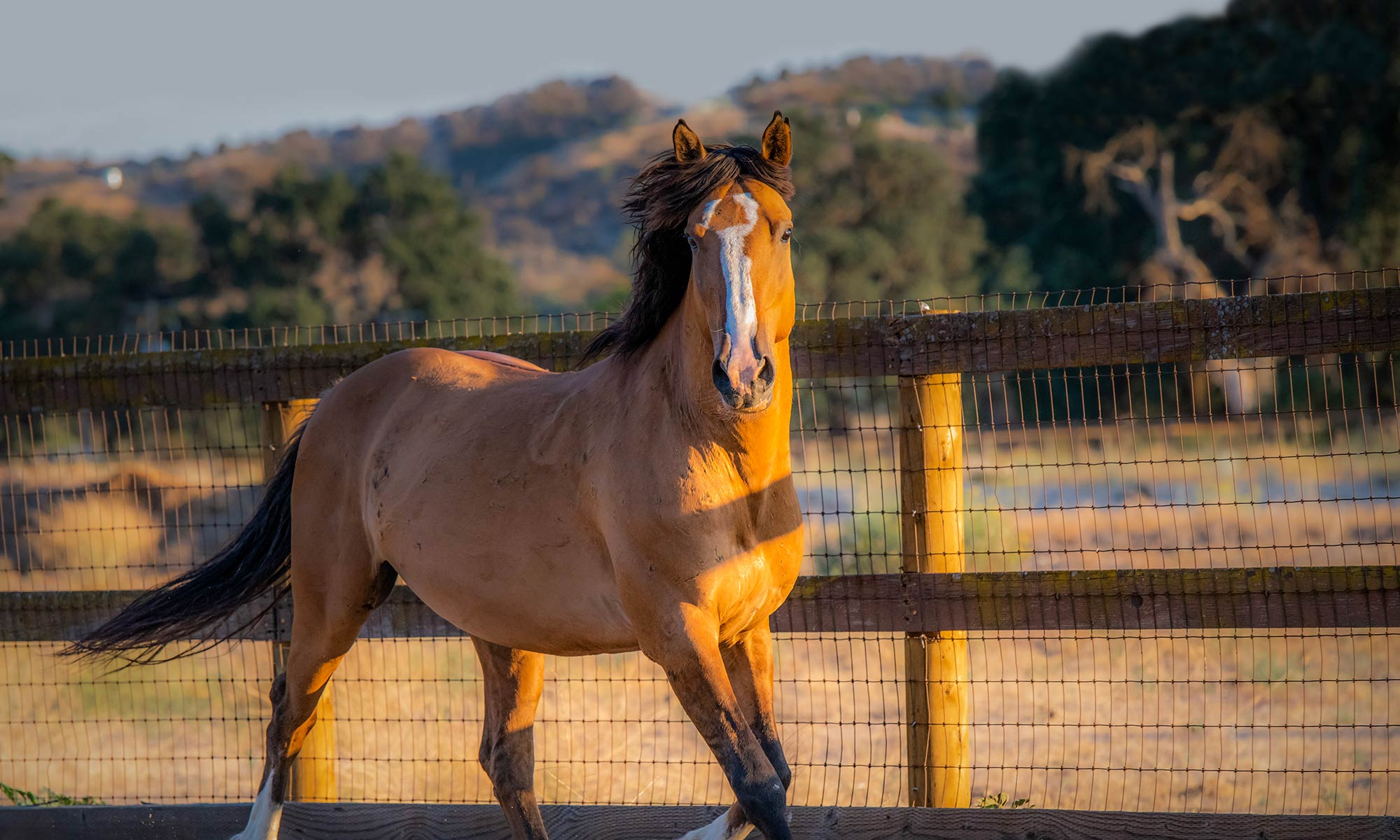When you first step into the world of equestrian sports, you might encounter a variety of gear and accessories, each serving a unique purpose. One intriguing piece of equipment you will frequently see is the horse ear bonnet. So, what are horse ear bonnets for? In short, they are more than just a stylish addition to your horse’s attire.
In this comprehensive guide, we’ll explore the many uses of horse ear bonnets, their benefits, how to choose the right one for your horse, and why they’re a favorite among riders. In the following sections, we’ll discuss different aspects of horse ear bonnets to provide a clear and thorough understanding.

What Are Horse Ear Bonnets?
Horse ear bonnets are fabric coverings worn over a horse’s ears, often extending down the head and covering part of the neck. They serve multiple purposes, from practical use to offering a touch of elegance to the horse’s appearance. Whether participating in a show or going for a casual ride, these bonnets can be both functional and aesthetic.
The Practical Benefits of Horse Ear Bonnets
Protection from Insects
One of the primary reasons riders use horse ear bonnets is to protect their horses from insects. Flies and other pests can be quite bothersome to horses, especially during warmer months. Ear bonnets act as a barrier, preventing flies from entering the horse’s ears, thus ensuring a more comfortable ride.
Noise Reduction
Besides offering protection against insects, some horse ear bonnets are designed to reduce noise. These bonnets often feature padded material that helps muffle loud sounds, making it easier for horses to focus without getting startled by sudden noises. This feature is particularly useful during competitions or in environments with high levels of ambient noise.
Sun Protection
Just like humans, horses can be sensitive to the sun. Prolonged exposure to the sun can cause discomfort and, in some cases, sunburn on a horse’s delicate ear tips. Ear bonnets provide a layer of protection against harmful UV rays, allowing riders to enjoy long rides without worrying about their horse’s well-being.

Choosing the Right Horse Ear Bonnet
Material Matters
When selecting a horse ear bonnet, the material is an important consideration. Common materials include cotton, mesh, and crochet. Each material offers different levels of breathability, durability, and comfort. For example, mesh ear bonnets are excellent for ventilation, making them ideal for hot weather. In contrast, cotton and crochet bonnets might offer more protection against insects and sun.
Size and Fit
A proper fit is crucial for the effectiveness of a horse ear bonnet. A bonnet that is too tight can cause discomfort, while one that is too loose might not provide adequate protection. Most horse ear bonnets come in sizes such as small, medium, and large, and it’s vital to measure your horse’s head before making a purchase to ensure the correct fit.
Design and Style
Style is another factor that many riders consider. Horse ear bonnets come in various designs, from simple, classic looks to more elaborate, colorful options. While style is often a matter of personal preference, it’s also important to choose a design that complements your horse’s overall look, especially if you participate in competitive events.

How to Properly Use Horse Ear Bonnets
Putting On the Bonnet
Putting a horse ear bonnet on correctly ensures maximum benefits. Start by placing the bonnet over the horse’s ears, ensuring that it sits comfortably over the head. Adjust the straps or ties as needed to secure the bonnet in place without causing any irritation or chafing.
Regular Maintenance and Cleaning
Keeping horse ear bonnets clean is essential for maintaining their effectiveness and longevity. Regularly wash the bonnet according to the manufacturer’s instructions, and inspect it for any signs of wear and tear. A well-maintained bonnet will continue to offer protection and comfort to your horse.
Seasonal Considerations
Different seasons might require different types of ear bonnets. During the summer, lightweight and breathable materials are preferred to keep the horse cool. In contrast, thicker bonnets might be needed during colder months to provide additional warmth.
Horse Ear Bonnets in Competitive Sports
In competitive equestrian sports, appearance and performance go hand in hand. Horse ear bonnets not only add a touch of elegance to the horse’s attire but also contribute to the horse’s comfort and focus. Many riders find that their horses perform better when wearing a well-fitted bonnet, as it helps reduce distractions and enhance concentration.
FAQs about Horse Ear Bonnets
Do All Horses Need Ear Bonnets?
While not all horses need ear bonnets, they can be beneficial for those that are particularly sensitive to insects or noise. They are also useful for horses ridden in sunny or noisy environments.
Can Ear Bonnets Be Worn with Other Gear?
Yes, ear bonnets can be worn with other gear such as bridles and halters. Many bonnets are designed to fit comfortably under or over these items, ensuring that the horse remains comfortable and protected.
Are Horse Ear Bonnets Allowed in Competitions?
Most equestrian competitions allow the use of ear bonnets, though specific regulations might vary. It is always a good idea to check the competition rules beforehand to ensure compliance.
As an Amazon Associate, I earn from qualifying purchases.